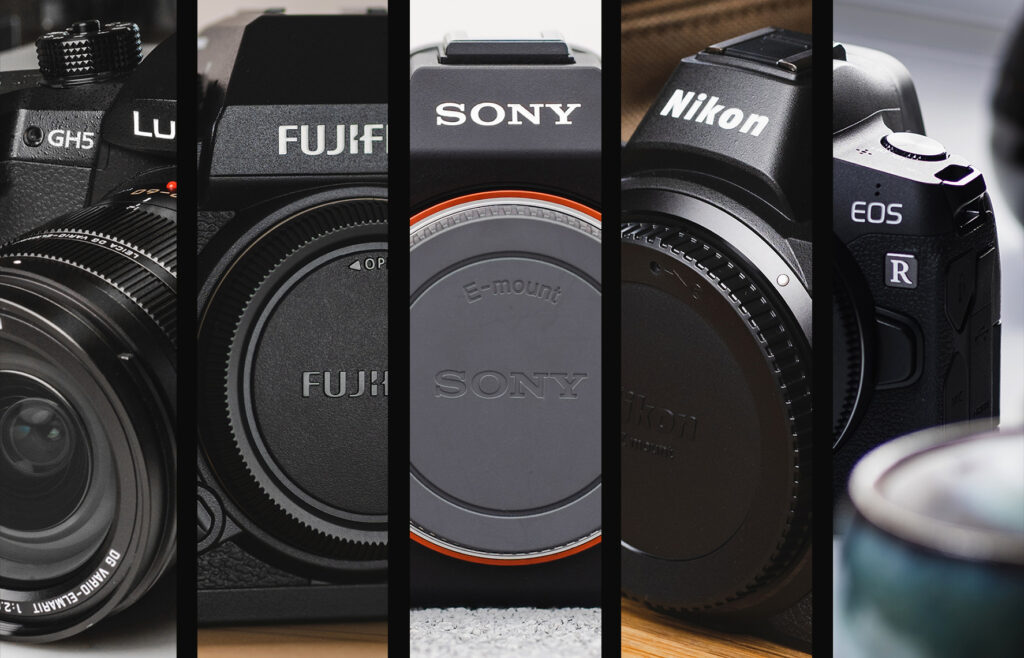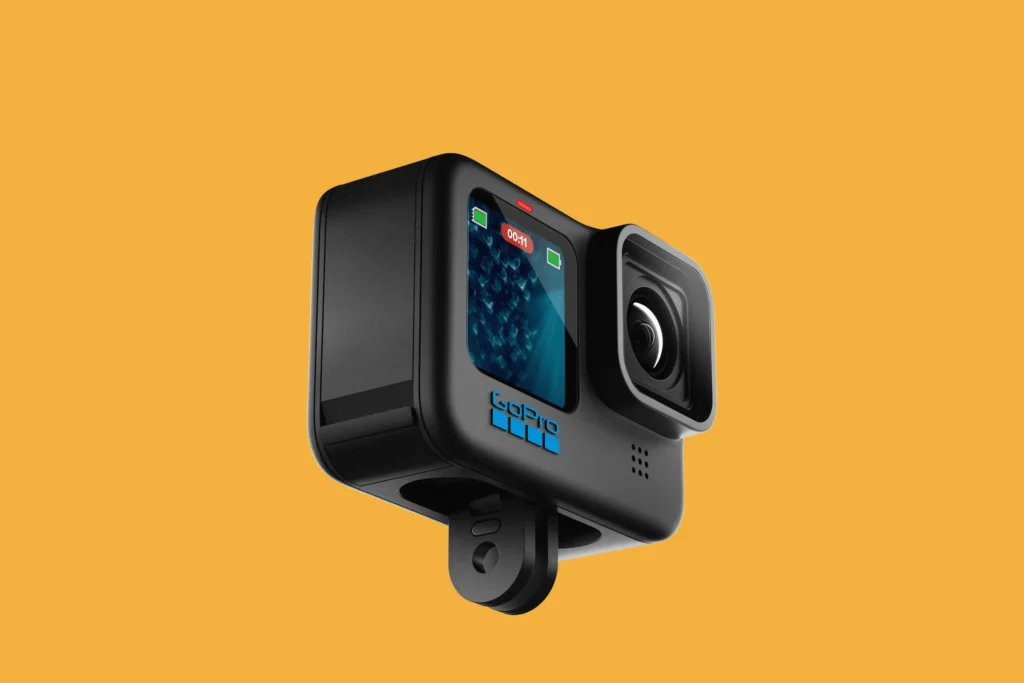Today’s interconnected world thrives on the seamless access and exchange of information. One important aspect of this exchange is the ability to capture and share memories through the use of cameras, including the iconic Polaroid camera. However, as travel restrictions and regulations on electronic devices evolve in response to global events and technological advancements, questions arise on whether a Polaroid camera can be taken on a plane. This essay provides a comprehensive overview of the various factors to consider when planning on carrying a Polaroid camera on an airplane journey, including airline regulations, TSA guidelines, and international restrictions.
Airline regulations on electronic devices
Airline regulations regarding electronic devices on flights vary from one airline to another. However, there are some general rules and limitations that apply to carrying electronic devices, including polaroid cameras, on board most flights. These regulations are put in place to ensure the safety of passengers, as well as to protect sensitive electronics from potential interference.
One of the primary concerns related to carrying electronic devices on aircraft is the weight and size of the devices. Airlines typically impose restrictions on the total weight of luggage, both in checked-in baggage and in carry-on items. Limitations on the dimensions of carry-on items are also common to ensure they can fit in the overhead compartments or under the seat. While polaroid cameras may not usually exceed these weight or size limits, it is essential to check your airline’s specific policies for allowed dimensions and weight to avoid any potential issues at the airport.
Regarding usage during the flight, passengers are generally allowed to use electronic devices in airplane mode during the flight. This means that any device with a signal transmitter should be switched off or set to airplane mode to avoid potential interference with the aircraft’s communication and navigation systems. Polaroid cameras, which do not typically have wireless connectivity, should not pose any issues during the flight, and passengers may use them as long as they comply with the cabin crew’s instructions.
Some airlines may require passengers to store their electronic devices during specific times such as during takeoff and landing. In these instances, you may need to stow your polaroid camera safely in your bag or the provided storage spaces in the cabin. Following the airline’s instructions and adhering to their announcements ensures smooth and safe travel for all passengers.
When traveling by air, it’s essential to be aware of the guidelines and policies set forth by the Transportation Security Administration (TSA) to ensure a smooth and hassle-free journey. One of the most common questions travelers have is whether they can bring a Polaroid camera on a plane. Fortunately, passengers are generally permitted to carry cameras, including Polaroid cameras, in both carry-on and checked baggage.
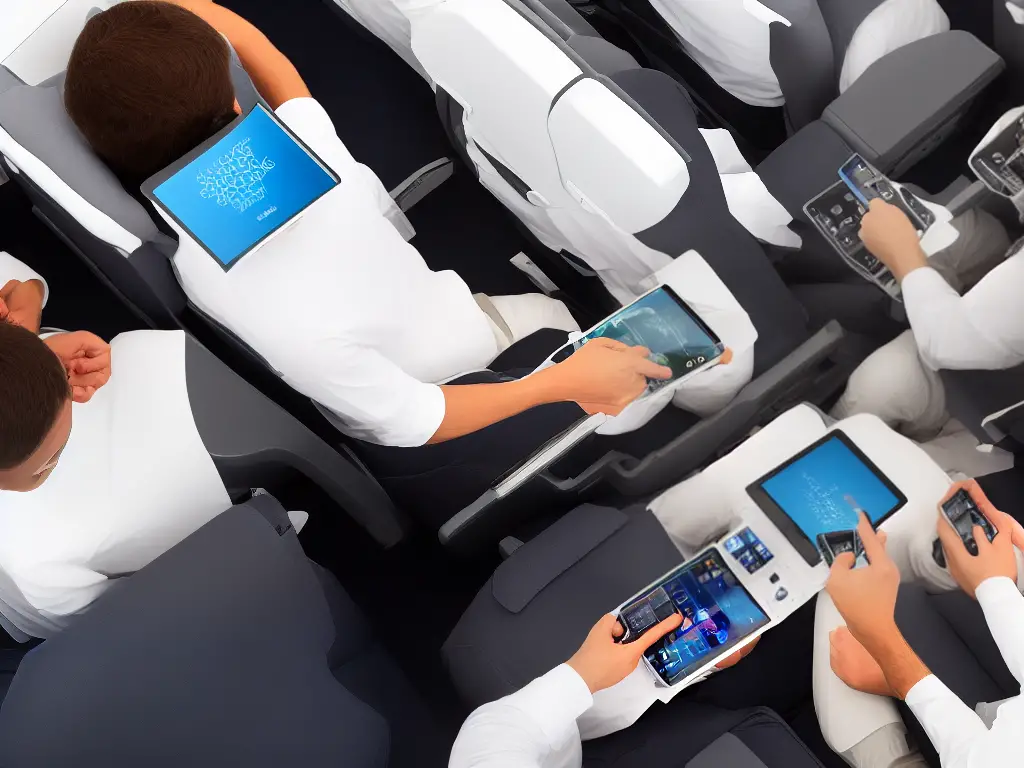
TSA guidelines and policies
However, there might be some limitations on the use of electronic devices in specific areas within the aircraft. Such restrictions may exist in proximity to emergency exits, for example. Therefore, passengers should always pay attention to the crew’s instructions and any signs posted around the plane’s cabin to ensure their electronic devices, including Polaroid cameras, do not pose any risk to the overall safety and well-being of the passengers and crew on board.
There may be some restrictions imposed on specific types of cameras, particularly those containing lithium batteries. The TSA requires that all spare lithium batteries be transported in carry-on baggage only. The batteries must be individually protected to prevent short circuits, either by placing them in their original retail packaging, using a battery case, or covering the terminals with tape. If your Polaroid camera contains a removable lithium battery, it’s advisable to follow these guidelines to avoid any issues during security screening.
In addition to battery restrictions, there may be limitations on the number of film packs you can bring on board. According to the TSA, film with an ISO rating of 800 and above can be adversely affected by X-ray machines used for screening checked bags. While the X-ray machines for carry-on screening are less likely to cause film damage, it’s still recommended to pack a minimal amount of film in your carry-on luggage. You can also request a hand inspection of your camera and film at the security checkpoint to avoid potential damage.
Travelers should also be aware of airline-specific rules and regulations regarding the transport of electronic devices, including cameras. It is always recommended to check with your airline beforehand to confirm their specific policies and follow any additional guidelines they may have.
Traveling with a Polaroid camera requires being informed about the TSA rules and guidelines regarding cameras and electronic devices, as well as being prepared for the possibility of additional screenings or inquiries at the security checkpoints. The ultimate decision of whether or not you can bring a Polaroid camera onboard lies with the individual TSA agents, so it’s crucial to follow all rules and regulations to ensure a smooth travel experience.

Polaroid camera specifications and components
Understanding the specifications and components of Polaroid cameras is essential when considering their allowance on a plane, as these instant cameras are widely popular for their ability to produce physical photographs rapidly. Being aware of these features, along with adhering to the TSA guidelines, will help you navigate airport security and ensure a hassle-free journey with your Polaroid camera in hand.
One of the critical components of a Polaroid camera is its battery. Most modern Polaroid cameras come with built-in rechargeable lithium-ion batteries, while some older models use disposable batteries. In general, lithium-ion batteries are allowed on planes as long as they are within the approved limits set by airlines and regulatory authorities. It is essential to check with the specific airline’s guidelines for taking rechargeable batteries on planes.
Another essential part of a Polaroid camera is its body. The camera’s body is typically composed of durable plastic materials designed for long-lasting use. However, Polaroid camera bodies can vary in size and weight depending on the model. While the chances of facing issues with the camera body on a plane are relatively low, it’s better to check the airline’s carry-on restrictions to identify if there are any size or weight limitations.
The film is a crucial component of any Polaroid camera as it is necessary to produce the instant photographs. Most Polaroid films are made from a combination of chemicals, plastic materials, and light-sensitive layers. It is important to note that the film’s light-sensitive nature may render it vulnerable to damage during airport security scans. To avoid potential damage, it’s advisable to carry your Polaroid films in a separate clear plastic bag and request a hand inspection from the airport security personnel.
Polaroid camera users often utilize various accessories to enhance their photography experience. These accessories may include camera cases, lens filters, and camera straps, all designed to improve the overall convenience and functionality of the camera. As long as these accessories are within the guidelines set by the airlines and regulatory authorities, they should not pose any issues while traveling.
In conclusion, taking a Polaroid camera on a plane is generally permissible as long as you adhere to airline guidelines and battery restrictions. This includes understanding the potential risks involved with lithium batteries, which are commonly used in electronic devices, including Polaroid cameras. These batteries have high energy capacity and long-lasting performance, but they also have specific regulations that must be followed when transporting them on airplanes to ensure the safety of passengers and crew members.
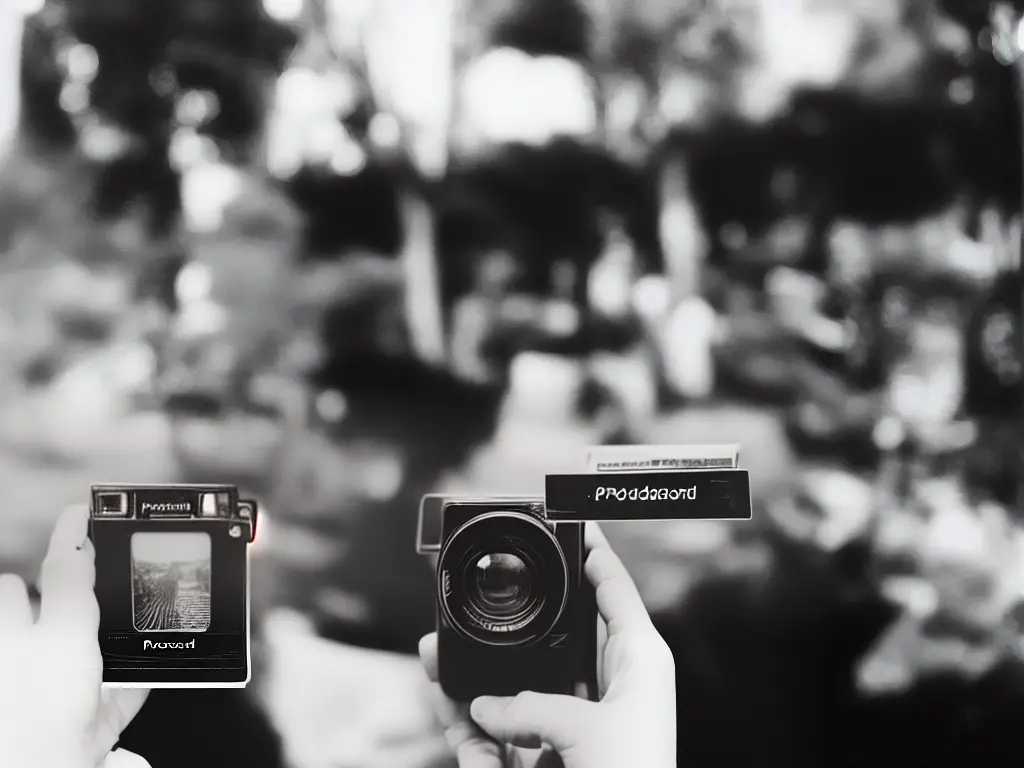
Lithium battery regulations
Regulatory bodies like the International Air Transport Association (IATA) and the Federal Aviation Administration (FAA) have established clear guidelines to manage the risks associated with lithium batteries. Short-circuits, overcharging, or damage to these batteries can lead to fire or explosion hazards, particularly in pressurized environments like an aircraft cabin. Additionally, keep in mind the potential sensitivity of Polaroid film to X-ray scanners and consider opting for a hand inspection at security checkpoints. By researching the specifics of your camera’s specifications and components, you can ensure a hassle-free travel experience with your Polaroid camera.
Lithium batteries are classified into two categories based on their equivalent lithium content (ELC): lithium metal batteries and lithium-ion batteries. Lithium metal batteries are non-rechargeable, with a lithium content not exceeding 2 grams per battery. Lithium-ion batteries are rechargeable, with a Watt-hour (Wh) rating not exceeding 100 Wh. Most consumer electronic devices, including polaroid cameras, consist of lithium-ion batteries, which are generally allowed on board as both carry-on and checked luggage, as long as they are below the maximum allowed Wh rating.
However, some precautions must be taken. Spare lithium batteries must be carried in carry-on baggage only, and they should be stored in their original packaging, a protective case, or have their terminals taped to prevent any short-circuiting. Furthermore, passengers are required to inform airline staff if their baggage contains any spare lithium batteries. It is also recommended to keep the devices containing lithium batteries switched off during the flight.
There are additional restrictions on larger lithium-ion batteries with a Wh rating between 100 and 160 Wh, which may require airline approval before being permitted on board. These larger batteries are typically found in professional-grade cameras or video equipment. In addition, lithium-ion batteries exceeding 160 Wh, and lithium-metal batteries with more than 2 grams of lithium content, are strictly prohibited on passenger aircraft.
When planning to bring a Polaroid camera on an airplane, most of these devices feature lithium-ion batteries that fall within the acceptable limits for air travel. To ensure hassle-free boarding, verify the specific Wh rating of your camera’s battery and make sure it complies with the airline’s regulations. Additionally, be mindful of taking proper precautions to pack and store your device safely during transit, as this will help avoid any subsequent issues.
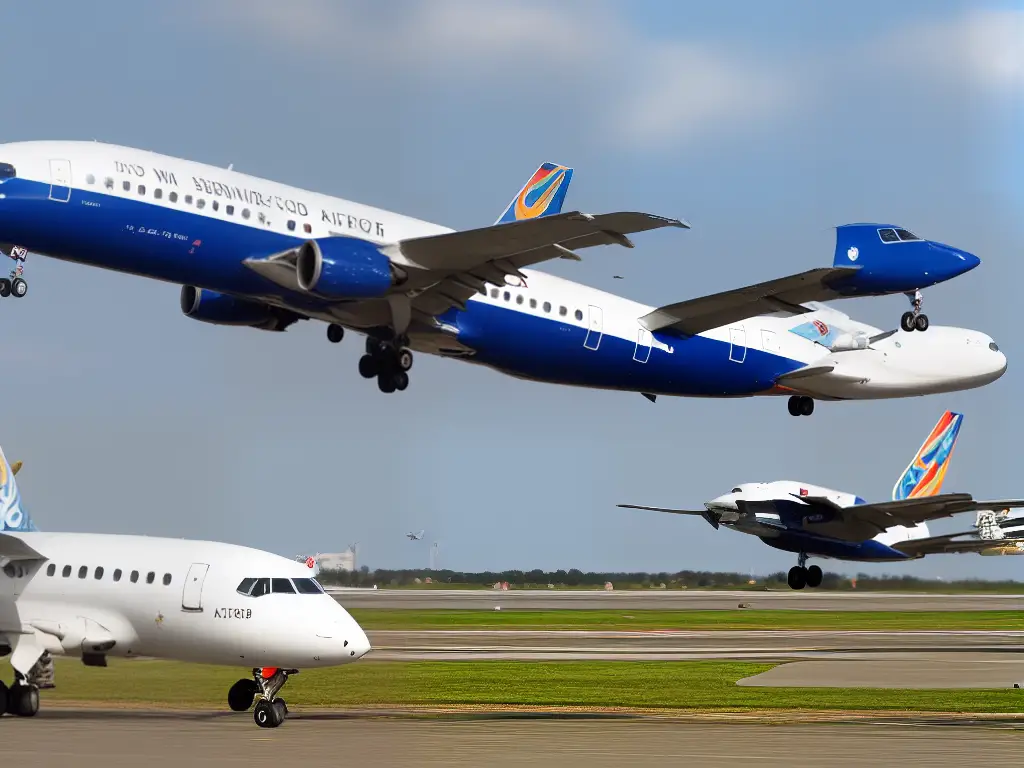
Potential security concerns with Polaroid cameras
Alongside battery considerations, airports may have security concerns related to Polaroid cameras due to the potential for individuals to conceal prohibited items within the device. While stringent security measures are in place, including x-ray scanners and personal searches, the possibility of hiding contraband within the camera’s components still exists. Therefore, be prepared for security personnel to carefully scrutinize your Polaroid camera to ensure a smooth and worry-free journey.
Another security concern related to Polaroid cameras on a plane is their potential usage for criminal purposes. For example, criminals could potentially use the instant photographs to document security procedures, layout of the airport or aircraft, and personal information of other passengers or staff. Additionally, a terrorist group could use the captured images in planning their operations or simply as a method to introduce fear and confusion amongst passengers.
Moreover, the instant photo technology in Polaroid cameras could also raise concerns over privacy and personal safety. There have been cases of individuals using cameras to engage in questionable behavior or take invasive photos of others without their consent. These instant prints can be easily shared or distributed without being detected by authorities, potentially leading to long-lasting harm for victims.
Furthermore, some Polaroid cameras contain lithium batteries, which are a potential safety hazard on flights. If a lithium battery experiences excessive heat or damage, it can lead to a thermal runaway, potentially causing a fire or an explosion in the process. It is essential to abide by the safety regulations set by airlines when it comes to carrying lithium battery-powered devices on board.
One concern with carrying Polaroid cameras on a plane is the potential difficulty for security personnel in identifying if the camera is genuine or if it is a disguised object. Criminals could potentially house dangerous components or items within an object that outwardly appears to be a camera. For this reason, airport security may inspect such devices more thoroughly to ensure that nothing harmful or illicit is present.

Real-life experiences and anecdotes
However, many travelers have had positive experiences carrying a Polaroid camera on a plane. Travel photographer and blogger, Amanda, from the blog ‘A Dangerous Business’, often takes her camera on trips and has never faced any trouble going through security. Her camera goes through the x-ray machine in her carry-on luggage without any problems. To ensure a smooth experience, Amanda recommends informing airport security staff if you also have film packs for the camera, as they require special handling during x-ray checks.
Another similar experience comes from travel journalist, Di Robinson. Di has taken her Polaroid camera on numerous flights without issue. She mentions carrying it in her hand luggage without any problem, and upon reaching her destination, she is able to use her Polaroid camera during the trip. Notably, she highlights that holding her camera in a protective case helps keep it safe from bumps and scratches during her travels.
Reddit user u/ebjazzz also shared their experience of taking a Polaroid camera on a plane when they went for an overseas trip. They faced no problem carrying their camera in their hand luggage, and TSA agents were accommodating with their film packs. The user suggests keeping your film packs in their original packaging and sealed in a plastic bag to avoid damage during the x-ray checks.
On the contrary, another Reddit user u/moonjava had a different experience at security. They were stopped when their carry-on bag, with the Polaroid camera and films, went through x-ray scanning. The TSA agents were confused about the films and insisted on conducting a swab test before allowing the passenger to proceed. Although it was a minor inconvenience, it highlighted the importance of being prepared for such interactions with airport security personnel.
When traveling with a Polaroid camera, it’s important to be aware of how to handle situations that may arise at the airport due to the camera or the film. To avoid any issues, keeping the films in a separate container and informing airport security staff about the sensitive materials may help smoothen the screening process. Although most travelers have faced no challenge, it’s essential to be prepared for possible hold-ups and variations in different airports’ regulations.

International and regional regulations
Generally, carrying a Polaroid camera on a plane is allowed; however, it is crucial to be informed about the different international and regional regulations regarding electronic devices and batteries, which may vary based on the country or airline. To ensure a hassle-free journey, familiarize yourself with the specific requirements of the airlines you are traveling with, as some allow Polaroid and instant cameras in either checked or carry-on luggage, while others may have particular restrictions.
Regarding international air travel, the International Air Transport Association (IATA) guidelines dictate that travelers can bring small electronic devices, like Polaroid cameras, on a plane. However, some countries, such as the USA, have instituted more strict cabin baggage regulations that forbid electronic devices larger than a smartphone in the cabin on flights from certain countries. In such cases, the instant camera may have to be placed in checked luggage.
Battery regulations are crucial when traveling with a Polaroid camera, as most run on lithium-ion batteries. According to the IATA guidelines, these batteries are allowed in carry-on baggage when installed in the camera. However, spare lithium batteries are not allowed in checked luggage. Instead, they must be stored in the carry-on luggage and should have their terminals protected to prevent short circuits. Be sure to check your specific airline’s regulations regarding lithium-ion batteries to avoid any complications during your travel.
Different airlines may also have specific rules regarding the packing of electronic devices and cameras in checked luggage. Some airlines recommend placing cameras and other delicate equipment in padded bags or cases to protect them during the flight, while others may even insist on carrying these items in the cabin to minimize the risk of damage. It is crucial to check with your chosen airline prior to traveling to ensure you comply with their rules and pack your Polaroid camera and accessories accordingly.
Overall, being aware of international and regional regulations concerning electronic devices, including Polaroid cameras, when traveling by air is essential for a smooth journey. In most cases, passengers can take their instant cameras on flights, but restrictions may apply depending on the country and airline. To avoid any issues, always check the regulations of the countries you will be traveling through and the specific airline you will be flying with, ensuring that your Polaroid camera is packed safely and securely according to the relevant guidelines.
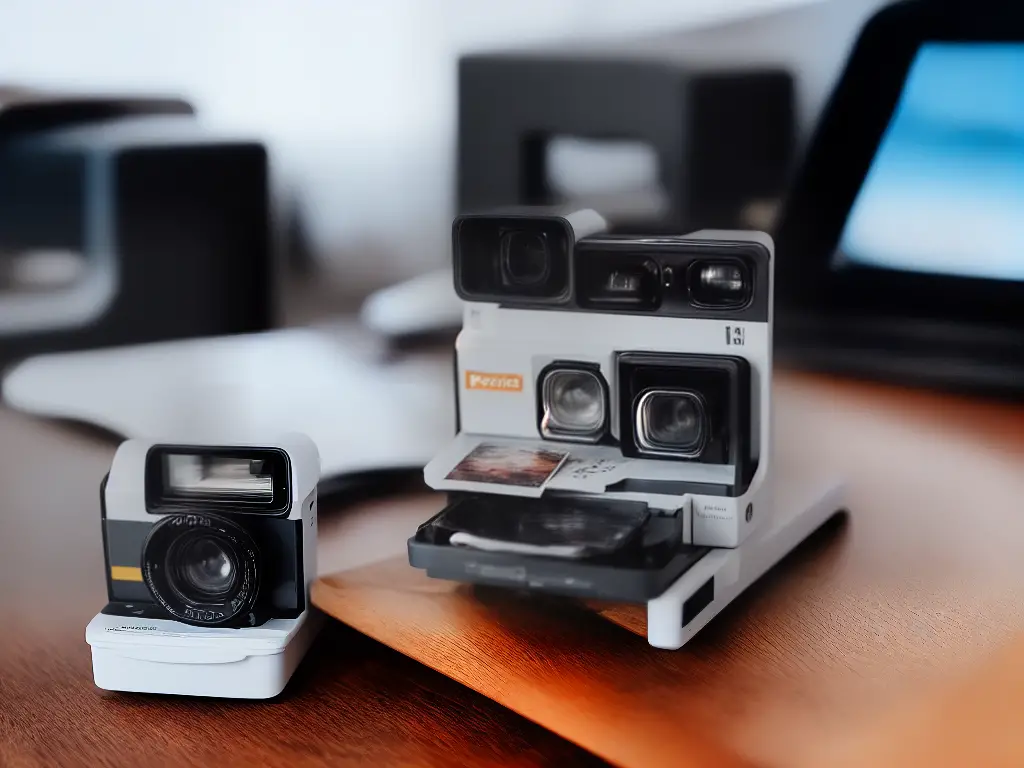
Throughout the essay, it becomes evident that understanding the regulations and guidelines surrounding electronic devices and cameras, specifically Polaroid cameras, is crucial for a hassle-free travel experience. By considering factors such as device specifications, battery regulations, potential security concerns, and personal experiences of fellow travelers, it is possible to comply with restrictions and take your Polaroid camera with you to capture memories in different parts of the world. Awareness of international and regional regulations and differences among airlines ensures a smoother journey, allowing you to focus on creating and sharing those unforgettable snapshots with your Polaroid camera.
Originally posted 2023-05-18 16:11:51.

